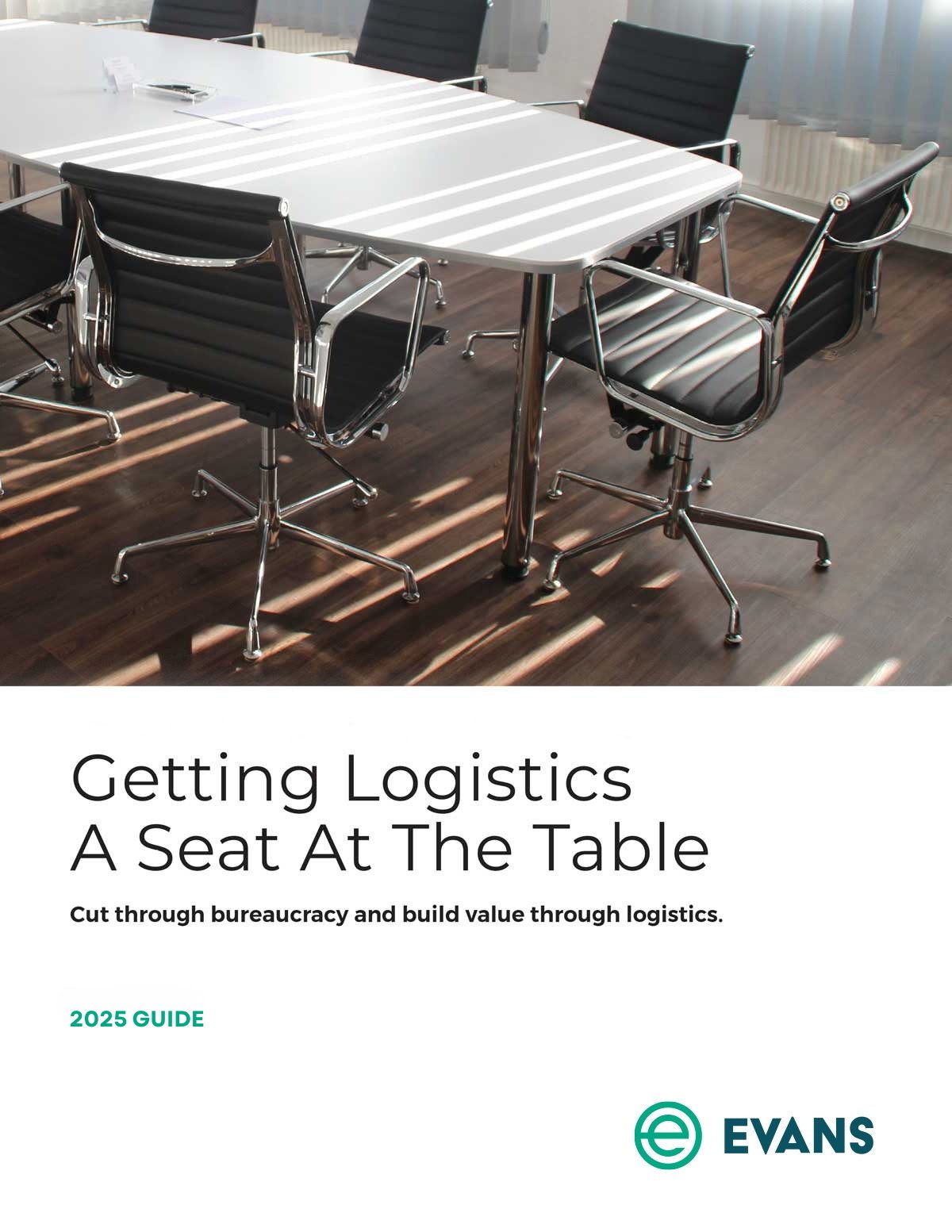Efficient and secure food transportation takes planning — and support.
Delays, packaging, FDA regulations, and unwanted odors: there’s a lot that can complicate food transportation. While it’s true that the transportation of food components can get complicated, fast, there are smart ways to mitigate the potential for damage and other problems. Let’s discuss some common problems and straightforward solutions to take the pressure off food shipping.
Food transportation: How to get it right, every time
Packaging: A simple step to success in food shipping
With food shipping you are moving delicate, time-sensitive products. We’ve discussed packaging before, but it is especially important for food shipment.
Simply packing smarter gets you way ahead of the game. For example, bags of powdered ingredients are susceptible to tearing and damage during loading. Shrink wrapping, ensuring that there is no overhang, and even palletizing for full truckload (FTL) shipping are all options to avoid loss.
There’s also the possibility that you are using too much of a good thing. There’s no need to go overboard with unnecessarily bulky or heaving packaging. Excess packaging increases your expenditures on packing materials and decreases your efficiency because you can’t fit as much into a shipment.
Review your packaging practices to reduce the amount of packaging you use. The sweet spot will protect your food products, without wasteful excess. Proper packaging is part of your arsenal in logistics management, especially with the delicate nature of food products. Even if you think you’ve got it figured out, it might pay to have an expert evaluate how your food products are packaged for shipment.
When seeking a shipping strategy, consider all options
If you are looking to optimize inbound food shipping, you may want to consider strategies like consolidation. When you consolidate your like shipments into an FTL with a dedicated trailer, you are getting the benefits of FTL rates, as well as reducing the risk of damage by reducing the amount of “touches” to your product.
Not having your food products moved at various terminals, with multiple pallets shifting around them, may avoid some of the risk of damage in transit. Certainly, not mixing your product with the unknown products of other businesses will increase your success rate.

